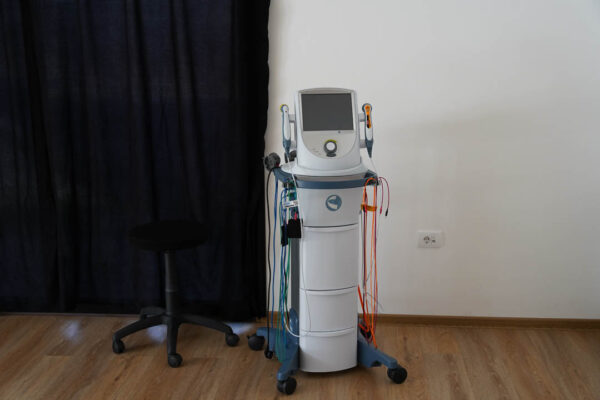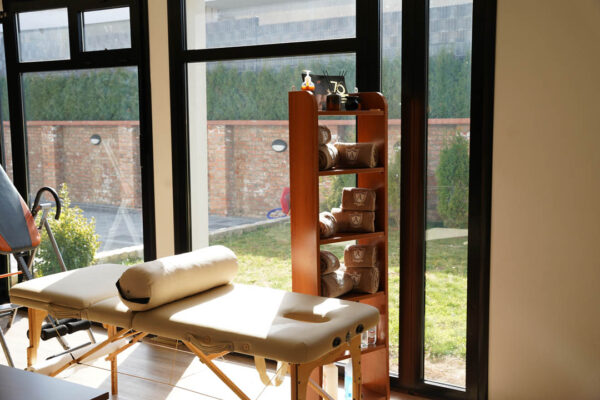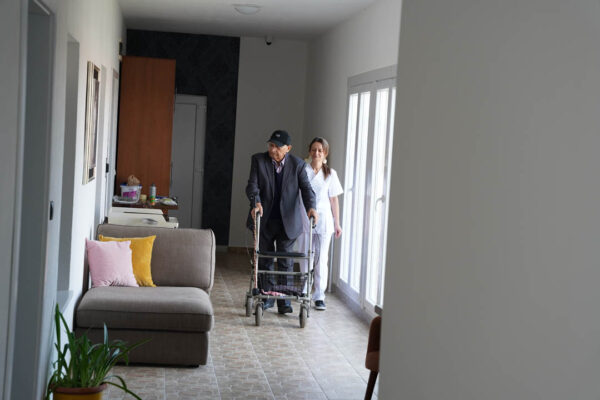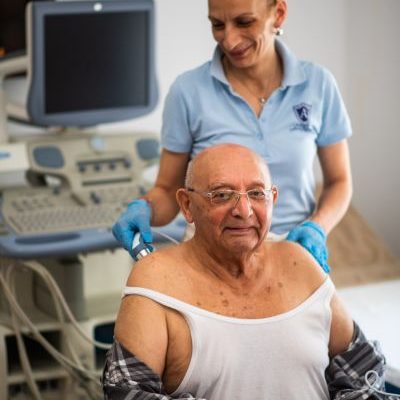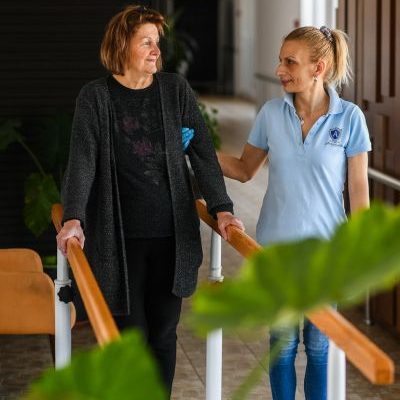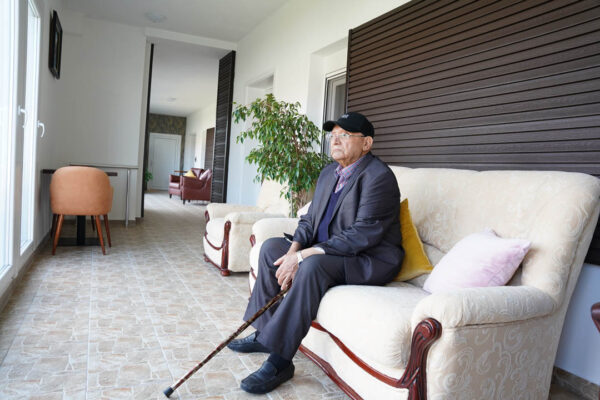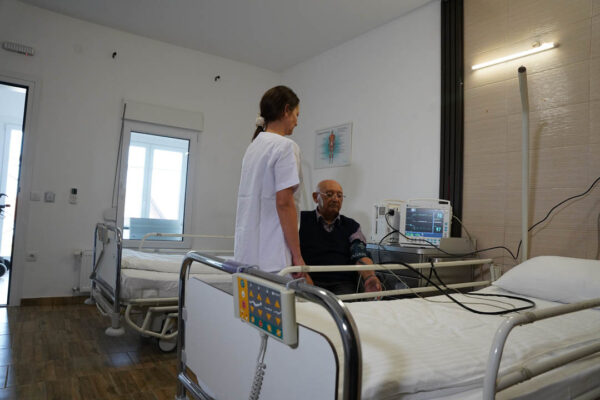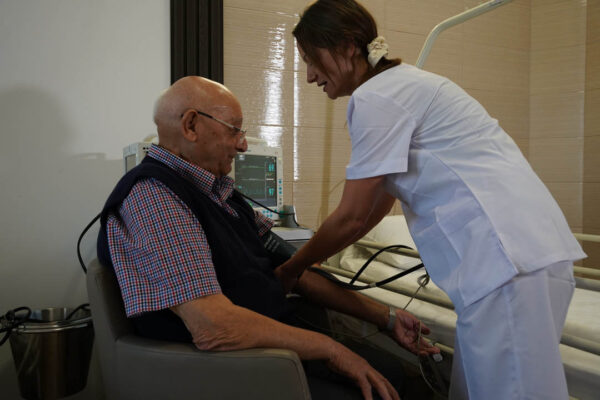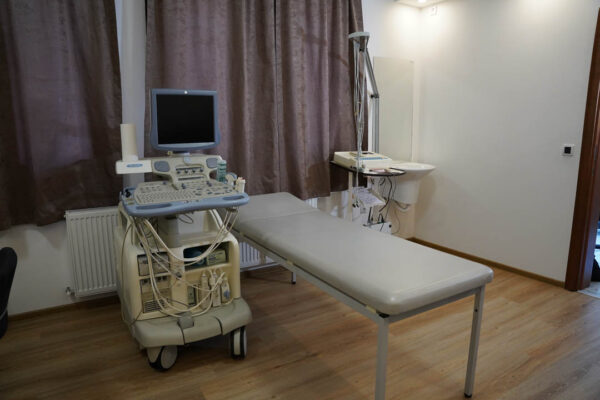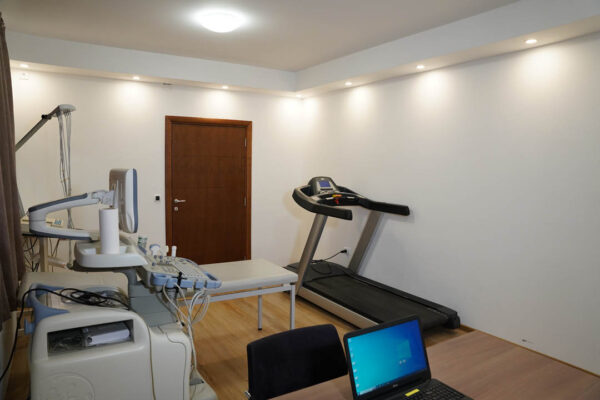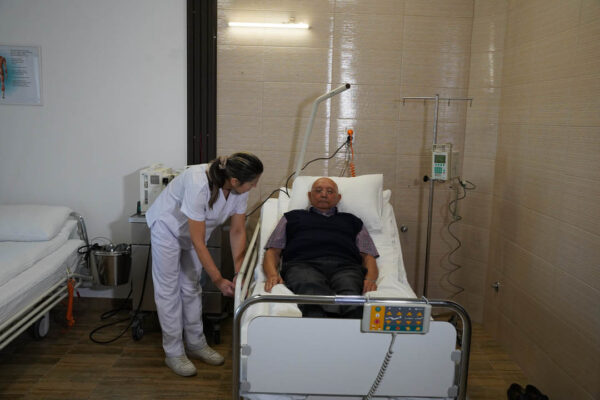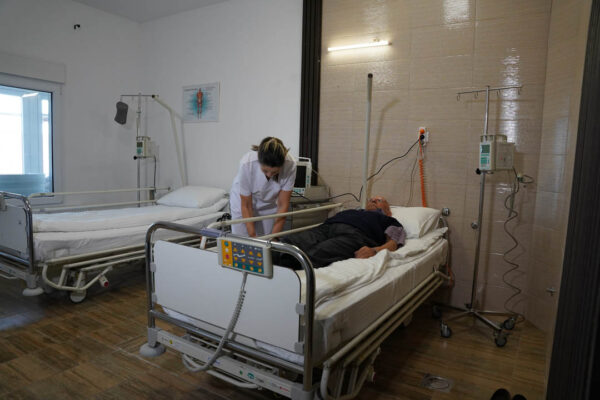Whether you are struggling with daily pain or recovering from an injury, physical therapy can help you return to a more active and fulfilling life. Physical therapy is the cornerstone of modern rehabilitation and one of the most effective methods for relieving pain, enhancing mobility, and restoring bodily function. This method uses heat, electrical currents, light, movement, and pressure to help the body activate, regenerate, and strengthen itself.
At the Rehab Senior rehabilitation center, physical therapy is accessible to everyone—whether you are in the recovery phase, experiencing chronic pain, or simply wish to improve your physical health. Therapies are conducted by appointment, with flexible scheduling and options for outpatient visits without accommodation.
What is physical therapy?
Physical therapy is a branch of medicine that uses physical methods for treatment, recovery, and prevention of various mobility and functional disorders. Therapeutic procedures act externally on the body but trigger internal recovery mechanisms, promoting tissue regeneration, reducing pain, and enhancing circulation.
These methods include working with natural agents such as heat and cold, various forms of electrical stimulation, mechanical pressure, light, and movement. The goal is to improve circulation, alleviate pain, accelerate tissue regeneration, and enhance mobility.
Physical therapy is not considered in isolation; it is often combined with other therapies, particularly kinesiotherapy, to achieve quicker and more lasting results during recovery from injuries, surgeries, or chronic painful conditions.
What does the physical therapy process look like?
Physical therapy begins with a detailed evaluation by a physiatrist, who creates an individual treatment plan based on the patient’s health condition, symptoms, and capabilities.
The therapy plan may include one or more methods of physical medicine, depending on rehabilitation goals.
Some of the most commonly applied therapies include:
- Electrotherapy, which helps alleviate pain and activate weakened muscles.
- Magnetic therapy, to stimulate tissue regeneration and improve local circulation.
- Laser therapy, which has anti-inflammatory effects and speeds up healing of damaged structures.
- Thermotherapy and cryotherapy, using hot or cold compresses for relaxation and swelling reduction.
- Mechanical therapy and massage, supporting circulation, elasticity, and muscle relaxation.
- Hydrotherapy, performed in warm water providing physical support during movement, particularly beneficial for pain, stiffness, and weakness.
All treatments are performed under constant supervision by physiotherapists, in a safe and customized environment. The frequency and duration depend on the diagnosis and patient’s rate of progress, with therapies typically scheduled daily or several times a week, in coordination with the rehabilitation team.
Most common issues treated with physical therapy
Physical therapy is applied for various conditions, from postoperative recovery and chronic pain to degenerative changes. Below are some of the most common issues significantly improved through this therapy.
Physical therapy for the knee
Therapy is most often used for osteoarthritis (gonarthrosis), meniscus injuries, following knee surgery, or in cases of joint weakness and instability. Treatments include electrotherapy, ultrasound, and muscle-strengthening exercises. The goal is to reduce pain, enhance mobility, and facilitate walking without strain.
Physical therapy for the back
Chronic lower-back pain (lumbago), sciatica, and herniated discs are among the most common ailments of modern life. Physical therapy helps reduce pain, relieve pressure on nerves, and restore normal range of motion. Regular treatments significantly contribute to functionality and quality of life.
Physical therapy for the neck and shoulders
Cervical syndrome, frozen shoulder, pain during movement, and tension in neck muscles are common conditions among people who sit for extended periods, have poor posture, or experience stress. Therapy is focused on reducing stiffness, alleviating pain, and restoring mobility for everyday activities.
Physical therapy after fractures and surgeries
After immobilization, fractures, or orthopedic interventions, muscle weakness, reduced mobility, and stiffness often occur. Physical therapy enables a gradual return to function through controlled strengthening and a safe return to activity. It is an essential part of recovery to avoid complications and more quickly regain independence.
When is physical therapy the right solution?
Physical therapy provides support during various stages of recovery, whether a person is facing a sudden injury, undergoing a postoperative period, or living with long-term pain and chronic conditions.
In practice, it has proven particularly effective for the following issues:
- Back Pain – Conditions such as lumbago, sciatica, herniated discs, or spondylosis. Therapy helps reduce nerve pressure, relax muscles, and facilitate movement.
- Neck and Shoulder Pain – Including cervical syndrome and frozen shoulder.
- Knee Issues – Gonarthrosis, meniscus injuries, or rehabilitation after surgery.
- Degenerative Joint Diseases – Such as arthritis and osteoarthritis. Therapy reduces inflammation and improves mobility.
- Neurological Conditions – Such as post-stroke conditions, paresis, and neuropathic pain.
- Muscle Weakness and Atrophy – Particularly for individuals immobilized for extended periods.
Additionally, physical therapy is beneficial preventively, for individuals with reduced physical activity, posture, or balance problems, aiming to maintain functionality and prevent development of more severe conditions.
Physical Therapy Pricing
The price of physical therapy depends on the type of treatment, its duration, and whether it’s conducted individually or as part of a broader therapeutic program. Therapy plans are created individually, in line with the needs and goals of each client.
For more information about pricing, availability, and scheduling, please visit our Contact page.
In addition to physical therapy, Rehab Senior Center offers other combinable methods, including Kinesiotherapie, Magnetfeldtherapie, Elektrotherapie, Hydrotherapie, Kneippbädern (Warm-Kalt-Bäder), Massage und Gruppenübungen.
Family comes first
The nursing home Alexander is open 24 hours a day for you and your loved ones.


